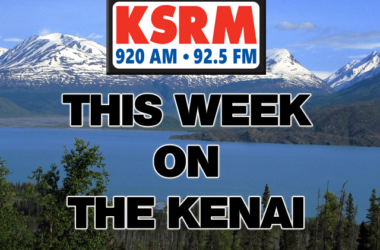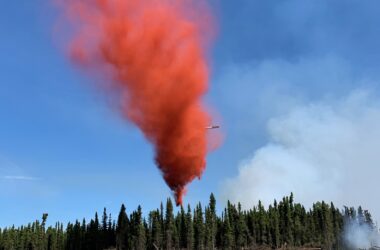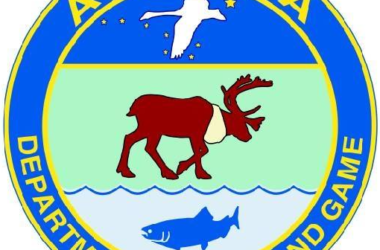The Alaska State Senate is set to begin reviewing House Bill 69, an education funding measure that has sparked intense debate among lawmakers, educators, and the governor’s office. The bill, which passed the House with a $1,000 per-student funding increase, now faces potential revisions in the Senate amid concerns over the state’s budget deficit.
Sen. Jesse Bjorkman, a member of the Senate Education Committee, said hearings will focus on evaluating the amendments added in the House and understanding their impact on schools across Alaska.
“There wasn’t a lot of clarity when some of those amendments were rolled into the bill about what they actually did,” Bjorkman said. “We’re going to investigate what those things mean and make sure we can get a bill that works to improve outcomes and get kids the resources they need.”
The bill proposes increasing the Base Student Allocation (BSA) from its current $5,960 level, adding about $275 million to the education budget. While education advocates argue that the increase is necessary to offset years of flat funding and rising inflation, lawmakers must grapple with how to pay for it amid a projected $600 million budget shortfall for the upcoming fiscal year.
The Senate can amend the bill before sending it back to the House for concurrence. If the House rejects the Senate’s changes, the bill will go to a conference committee, where representatives from both chambers will negotiate a final version.
“The Senate will make changes to ensure the bill fits within our fiscal parameters while encouraging better student outcomes,” Bjorkman explained. “Then it will return to the House for a vote. If they disagree with our amendments, we’ll go to a conference committee to work out the differences.”
Governor Mike Dunleavy has expressed cautious optimism about the House-passed version of HB 69 but has not made a definitive commitment to supporting it. “He made public statements that he was encouraged by the direction the bill was going,” Bjorkman said, though he noted the governor has previously changed positions on similar issues.
While the House’s proposal would substantially increase the BSA, many expect the Senate to lower the final amount to balance the budget. The Senate majority has previously supported a $680 BSA increase, which is the same one-time funding boost given to schools this year. The House bill, however, contains additional provisions such as measures to expand charter school access, establish a task force on school accountability, and implement a lottery-based enrollment system.
Rep. Rebecca Himschoot, the bill’s sponsor, emphasized that inflation has risen nearly 40% since 2011, while education funding has increased only about 10%, leading to drastic budget shortfalls in school districts statewide.
“The bill is a wonderful compromise,” Himschoot said during floor debate. “We cannot let perfect be the enemy of the good.”
School districts across the state have already planned deep cuts due to uncertainty surrounding education funding. The Anchorage School District has approved a budget that eliminates middle school sports, language immersion programs, and hundreds of staff positions. The Juneau School District faced similar financial difficulties last year, leading to school consolidations and significant staff reductions.
The final education funding package is expected to take shape over the next several weeks as Senate lawmakers deliberate on changes and engage in negotiations with the governor’s office. While education remains a top priority for legislators across party lines, the challenge remains in reconciling increased funding needs with Alaska’s fiscal realities.






